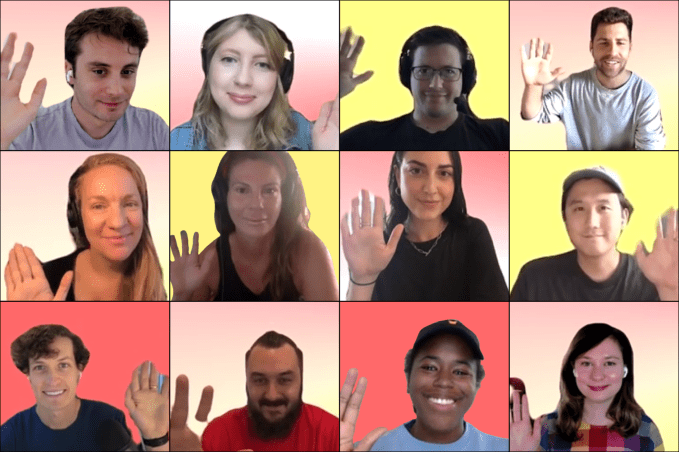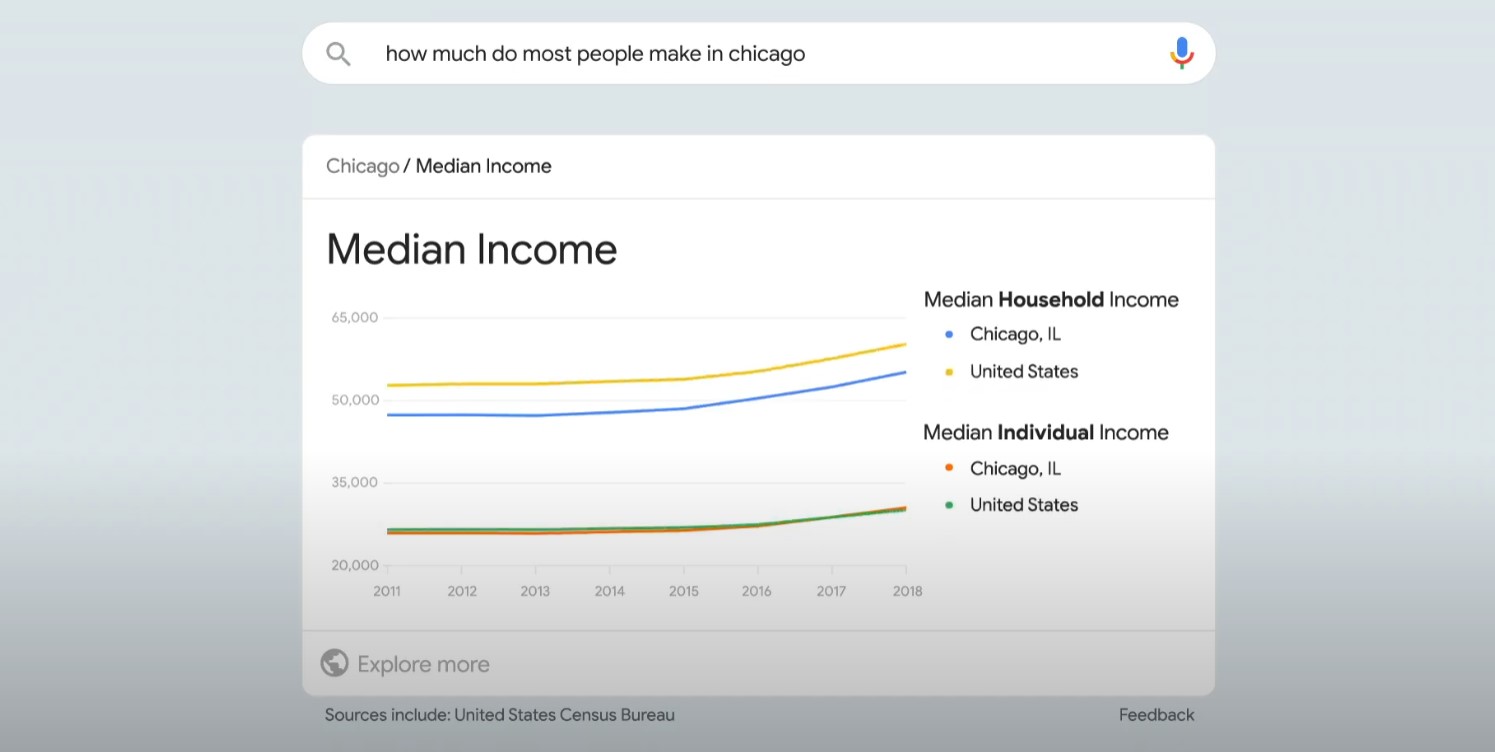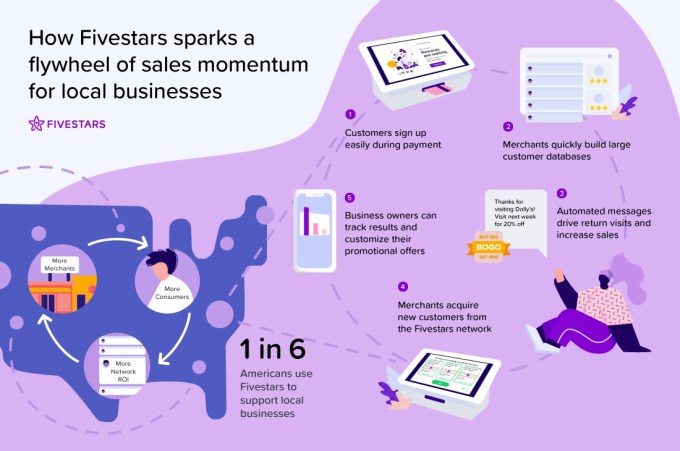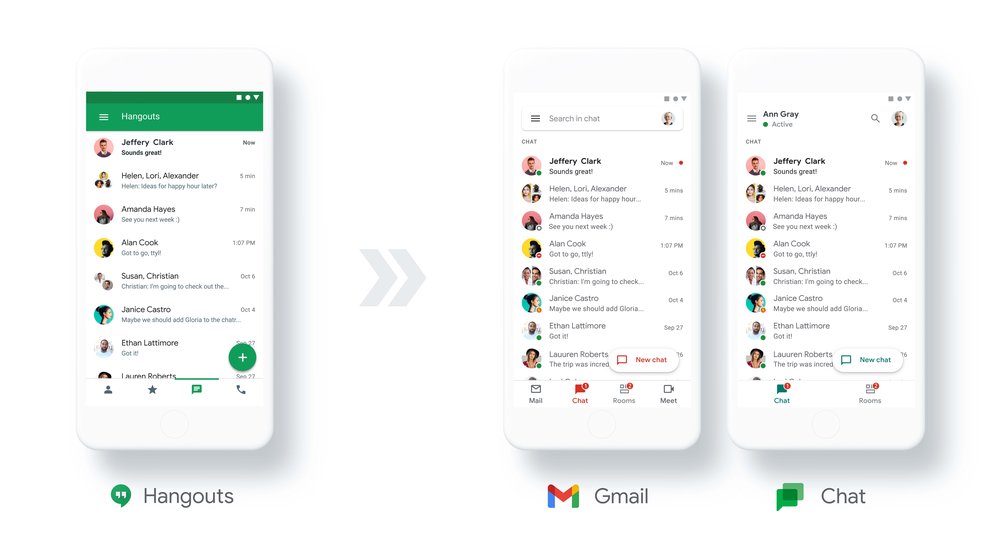News: Audio learning startup Knowable switches to a $9.99-per-month subscription model
Knowable, the Andreessen Horowitz-backed startup focused on audio learning, is switching business models. When the company launched last year, it charged users on a per-class basis. Starting today, it’s shifting entirely to a subscription model, where listeners pay $50 annually or $9.99 per month for unlimited access to the Knowable library. “This gets us closer
Knowable, the Andreessen Horowitz-backed startup focused on audio learning, is switching business models.
When the company launched last year, it charged users on a per-class basis. Starting today, it’s shifting entirely to a subscription model, where listeners pay $50 annually or $9.99 per month for unlimited access to the Knowable library.
“This gets us closer to our mission of daily, actionable learning,” co-founder and CEO Warren Shaeffer told me. In other words, the subscription encourages people to treat learning through Knowable as an ongoing habit, rather than a one-off experience.
After all, he said Knowable is already seeing a 24% cross-purchase rate as listeners sign up for new courses. Plus, this will allow the company to experience with other formats, such as briefer lessons. And it’s similar to the subscription model employed by MasterClass and other companies offering video classes.
But why focus on audio in the first place? Shaeffer said that he and his co-founder Alex Benzer have “both seen firsthand that a great teacher can change the trajectory of somebody’s life.” At the same time, they didn’t have time to watch hours of video.
“Every [online learning company] today is very focused on the idea that you need to stare at a screen to learn in a structured way,” Shaeffer said.

The Knowable team
At the same time, many people listen to podcasts when they want to learn new things. So the pair created Knowable with the idea that when you go out for a walk, you can have an easy way to spend that time on what Benzer called “nutritious” content, rather than a “low-calorie true-crime podcast.”
“Warren and I are personally excited about helping people spend less time anxiously doomscrolling, and more time acquiring optimism and confidence through self-guided learning,” he said.
Courses include Alexis Ohanian on entrepreneurship, Mark Bittman on eating well and a variety of experts on public speaking.
Shaeffer said there are now 100 hours of educational content in the Knowable library — about half of it consists of Knowable Originals created by the company’s producers (Knowable’s content team is currently led by former This American Life producer Amy O’Leary), with the other half coming from a new, curated marketplace, where anyone can apply to sell a course.
The content, Shaeffer added, is “audio-first, not audio-only.” Yes, you mostly listen to the classes, but there’s additional material like quizzes and workbooks.
“We think audio is a great catalyst for inspiring,” he said. As a result, Knowable has focused on “soft skills” in categories like professional development, self-improvement and health.
But he also suggested that it’s a “fallacy” to think that you can’t teach more concrete hard skills through audio: “If you want to be a programmer, we’re envisioning a course where someone gets an overview of all the different ways they can learn, and it becomes a launchpad into a deeper dive.”










